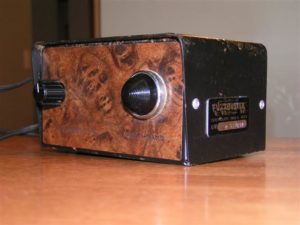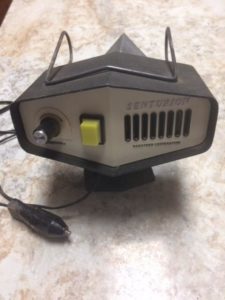
It began with a bunch of Arabs with attitudes. It ended with a law forbidding us from traveling over our highways, many of which were designed to be safely traversed at 75 or more miles per hour, at a maximum speed of 55.
The 1973 oil embargo changed history. It forced the passage of energy saving laws, or perhaps laws that intended the saving of energy might be a better description.
The public wasn’t nuts about it. Imagine being forced to drive 15 or more miles per hour slower in the name of energy savings that may or may not be taking place. It was certainly an inconvenience for commuters in general, but for the nation’s trucking industry, which was based on getting loads hauled to distant locations as quickly as possible, it was intolerable.
Even worse, the radar units themselves that cops used could give whacked readings, so you might find yourself being hit in the pocketbook by a device that misread your speed. Guess whose side the judge is going to take with THAT argument!
So a market was quickly created and addressed for devices that would warn all, especially truckers whose livelihood depended on speed, of invisible radar waves that could cost you a hundred or more bucks. Thus was born the Fuzzbuster.

Radar detection is as old as radar itself, born in the 1930’s. But inventor Dale Smith created a portable unit small enough to sit on the dashboard and plug into a cigarette lighter. It was also fairly cheap, the price of a couple of speeding tickets.
So it wasn’t long before Fuzzbusters were seen all over the country. And they certainly helped in the struggle of cop vs. speeder.
What’s sad is that the nation took this turn in the first place. Did the law save lives? Arguments could be made both ways. Did it save gasoline? Probably, although, once again, the evidence is not clear. But there’s no doubt that what it DID do was turn the average American into a lawbreaker. And that was a nefarious effect that should have been taken into consideration before clamping down on highway speeds.
So, alongside truckers, average Joes started equipping their vehicles with radar detectors.
The police fought back. New radar technology was undetectable to X band radar detectors sold early that decade. Instant-on guns caught speeders red-handed at strategic locations where cops could hide. And lawmakers got in on the act, too, banning radar detectors in certain states.
Now I live on a normally quiet street that turns into a shortcut for hundreds of speeding commuters in a hurry to get home from work at 5:00. I hate it when speeding takes place in residential areas where people could get run over. But I also believe that if a police officer has the right to detect a driver’s speed via radar, the driver has the right to know when he’s doing so. So I feel statewide bans should be tested for constitutionality.
That being said, many of us who drove during the polyester decade did so with the assistance of small electronic units that let us know when our speed was being judged by radar waves.